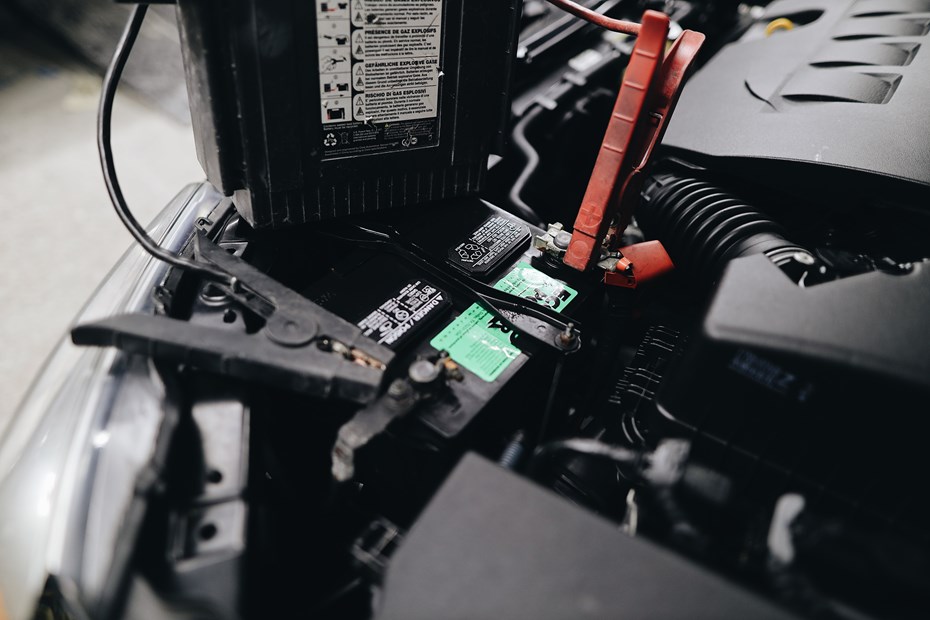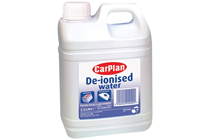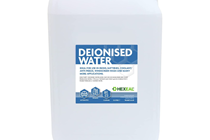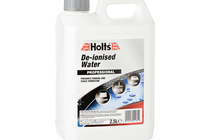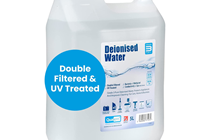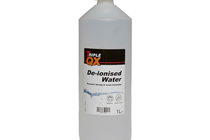In the world of battery chargers, who knew water would be so important? Did you know that lead-acid car batteries are full of water? Lead plates make up the internals of lead-acid batteries, but to facilitate a flow of electricity between the plates, they’re immersed in a solution of water and sulfuric acid.
When a quality battery charger is charging a car battery, it requires a stable ambient temperature to juice up safely, otherwise, it might overcharge. Most modern battery chargers include ambient temperature sensors to adjust the flow of charge depending on the battery’s environment but left to charge on a device that doesn’t offer this capability and the high flow of current may cause water content to start decomposing.
Once enough water has decomposed, the battery cells will become too acidic, leading to the sulfation of the battery plates and a reduction in performance as a result of poor current flow.
Topping up your battery’s water content
If your lead-acid battery is indicating low water content – most have a water level indicator – then you’ll need to top it up. When it comes to the source of your car battery water, be advised that simple tap water won’t do. It’s crucially important to fill up your battery with deionized water, as this process purifies the liquid of dissolved minerals and other contaminants. Any impurities or minerals left in the water will interfere with the battery’s chemistry, impeding performance, so pure deionised water is imperative.
Topping up your battery with water is a safe and easy process, though we recommend wearing eye and hand protection to negate the risk of injury. Ensure that your battery is charged up before adding any more water to avoid runaway electrolyte levels, as this may damage your battery.
How to add water to your battery
Begin by opening the water valve caps on your battery to expose the water openings. Once open, you should be able to inspect the water level by looking into each opening – the depth should be around 2cm above the plates for a healthy battery, any lower, and you’ll need to top up.
The method by which you add water to the battery should depend on how much is needed. If the tank is in good shape but could do with a small increase, using a dropper or pipette will allow you to accurately monitor how much is going in while reducing the risk of spillages. If the battery is completely dry, pour from a small bottle to save time.
Remember: overfilling your battery with water can cause electrolyte dilution, leading to a loss of power, while underfilling can cause sulfation, a chemical reaction that will increase charging times and shorten the battery’s life. When filling up your battery with water, it’s important to get it just right for the best results.
Once you’re satisfied with the water level of your battery, you can reapply the valve caps and return the battery to your car’s engine bay.
Now you might be wondering where you can get your hands on some de-ionised water. Luckily, it’s very easy to find, but we’ve gone ahead and picked out our favourites to make it even easier.
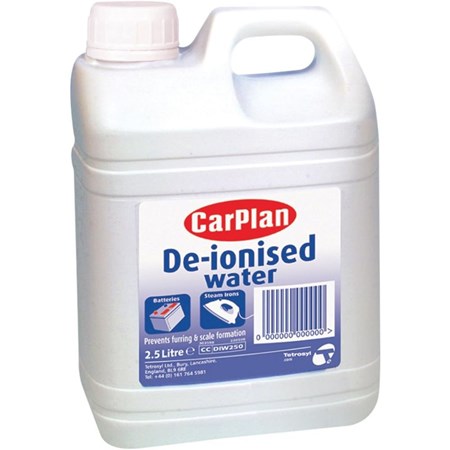

Pros
- Multi-use water
- Large jug
Cons
- Jug cap too big to pour straight in
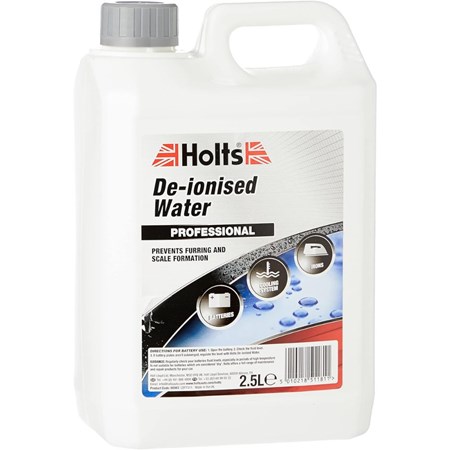

Pros
- Great for cleaning
- Cheap
Cons
- None
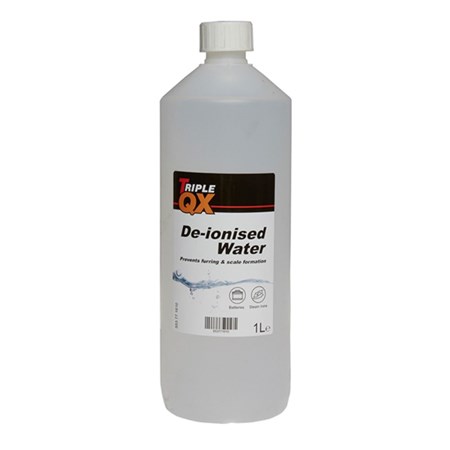

Pros
- Small bottle for easy pouring
Cons
- You may run out quickly
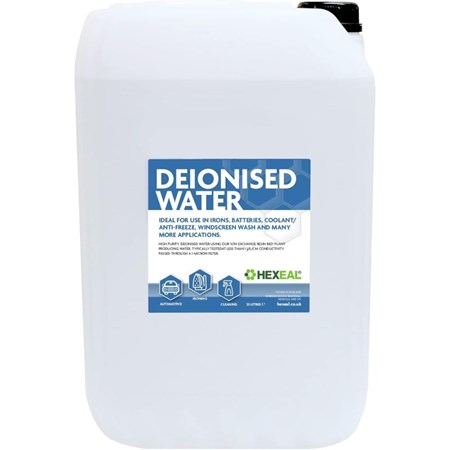

Pros
- High purity
Cons
- Container size overkill
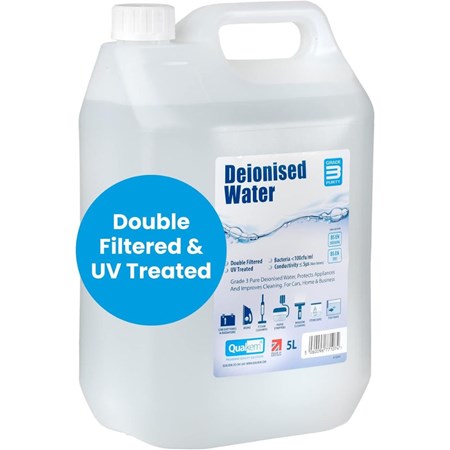

Pros
- Multi-use – great for detailing as well as batteries
Cons
- Expensive water
Sign up to the Parkers Newsletter to keep up to date with more of the latest reviews, news, and recommendations from the Parkers team.
Just so you know, whilst we may receive a commission or other compensation from the links on this website, we never allow this to influence product selections – read why you should trust



